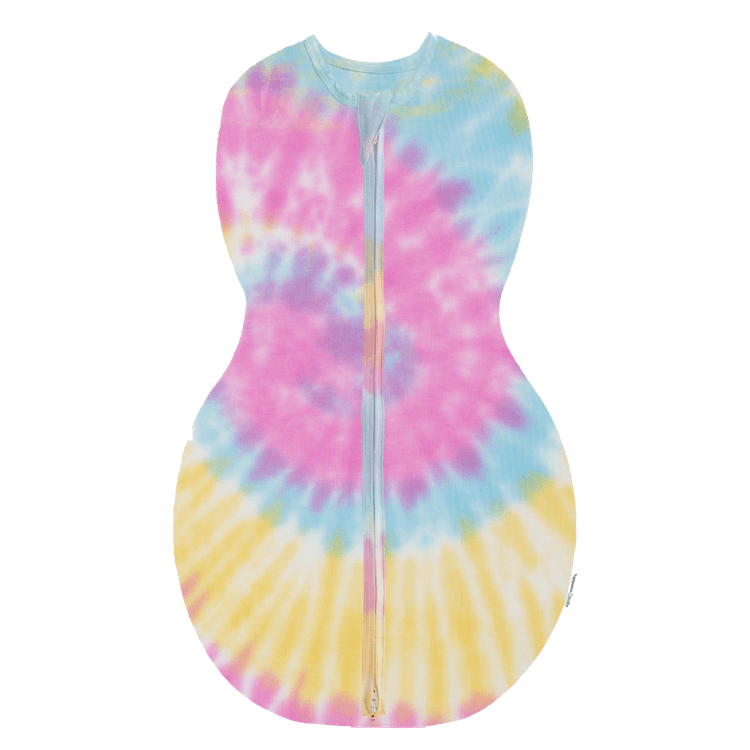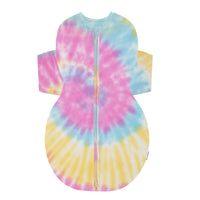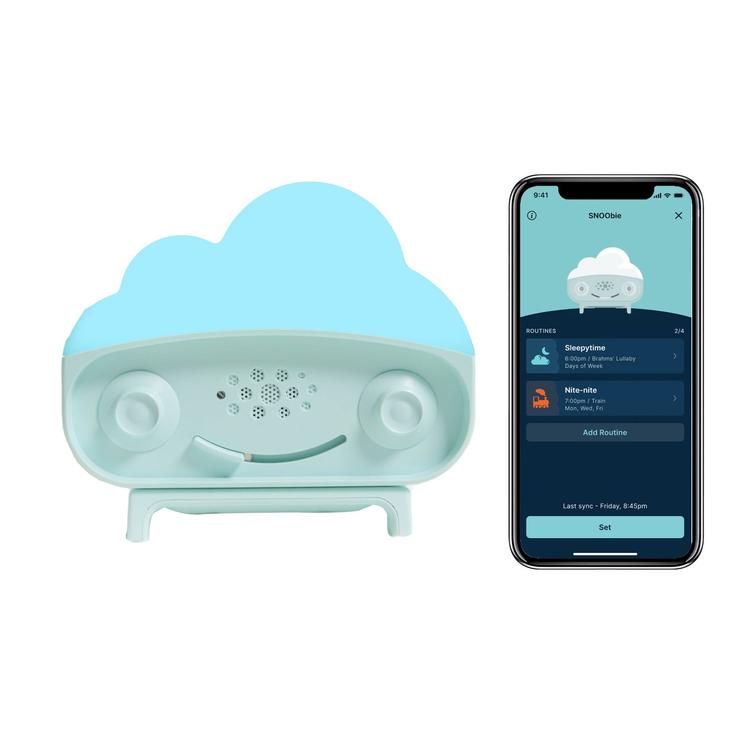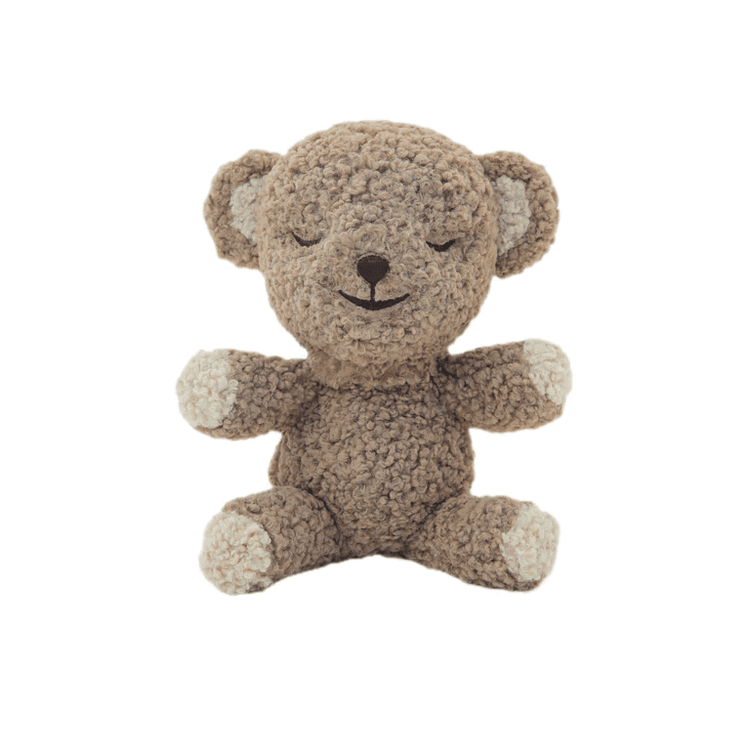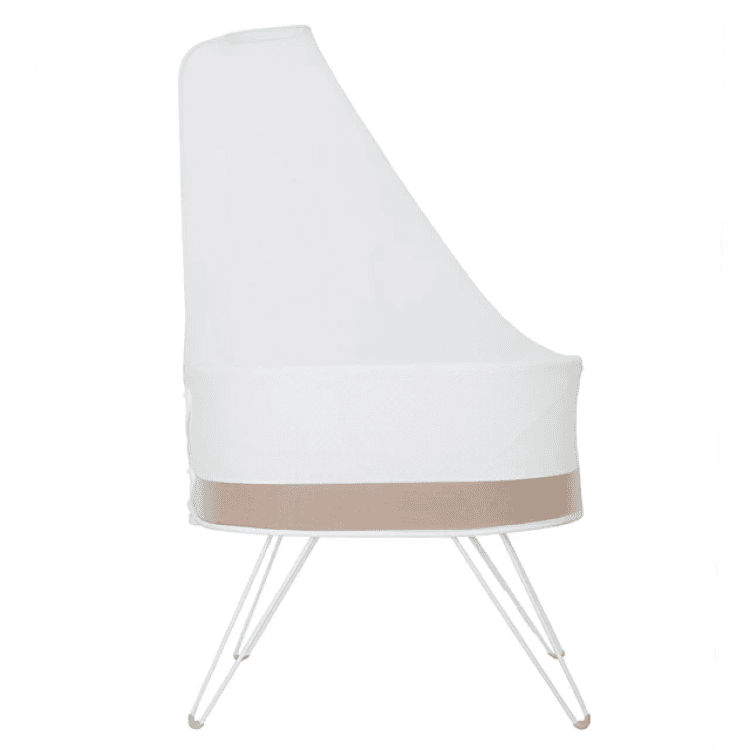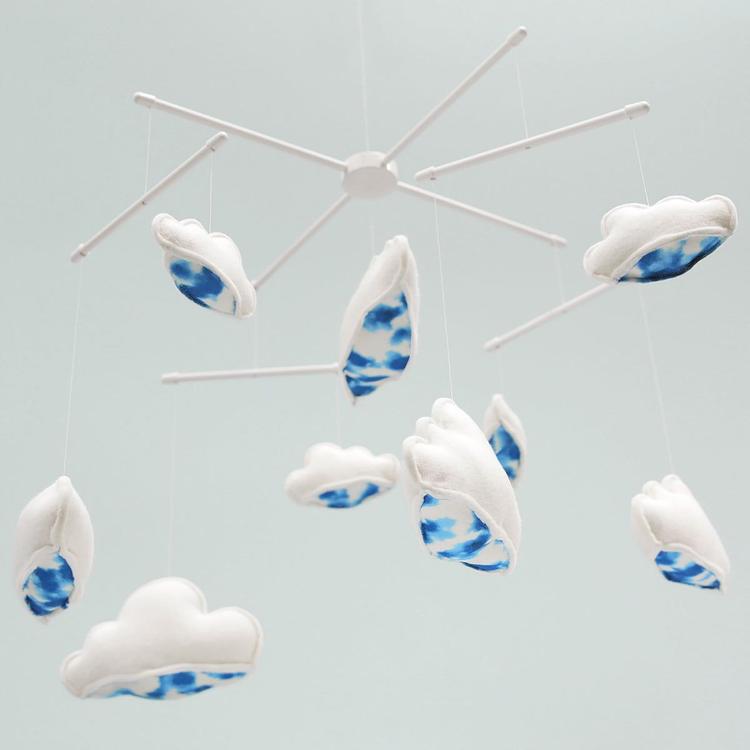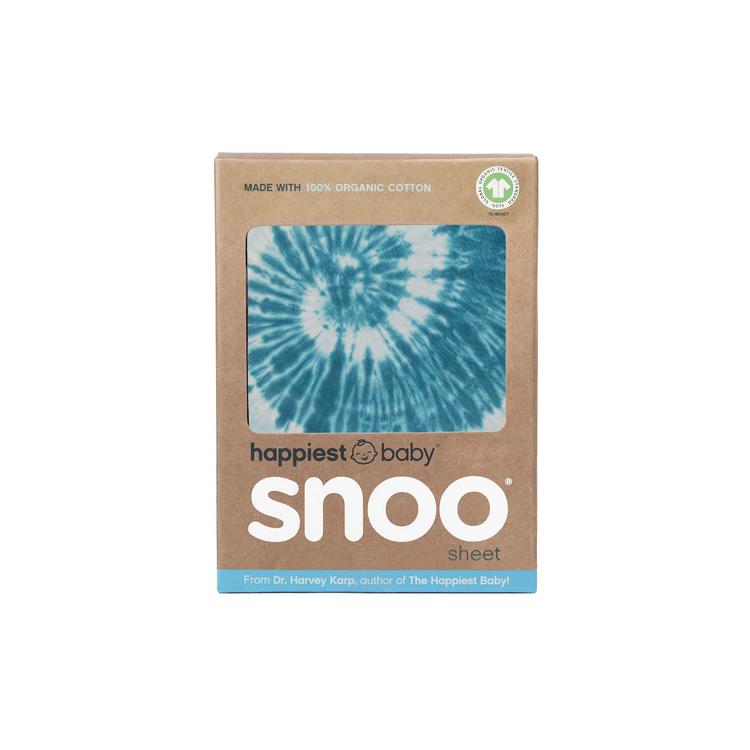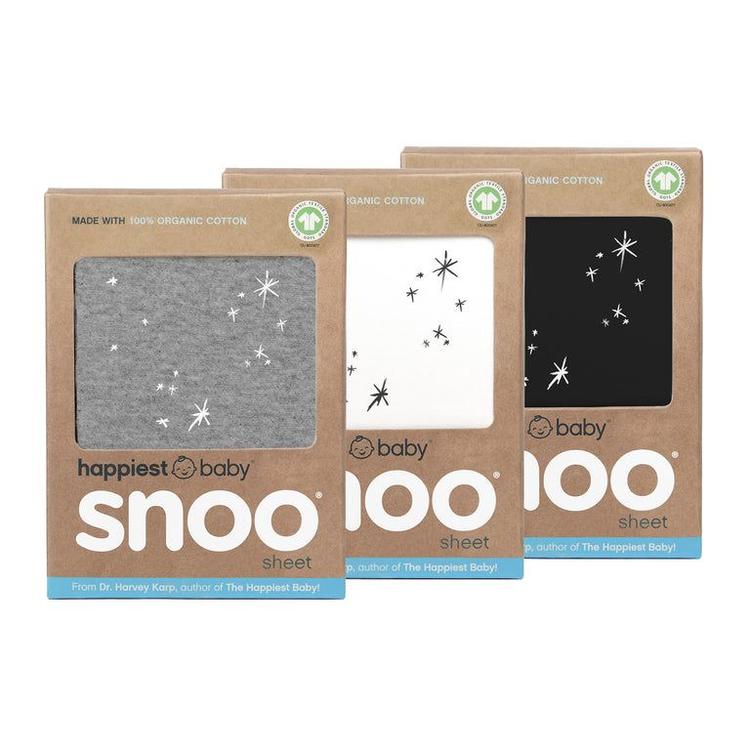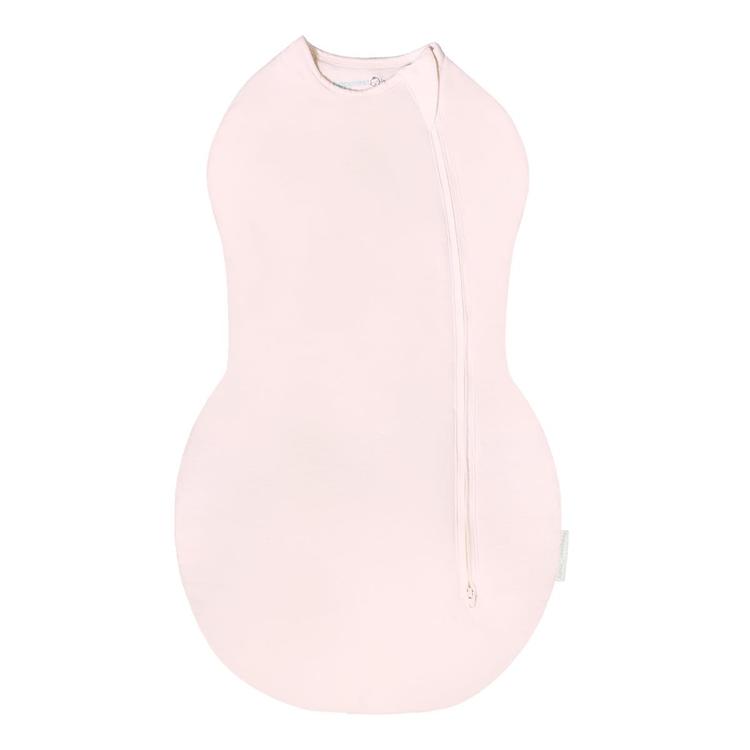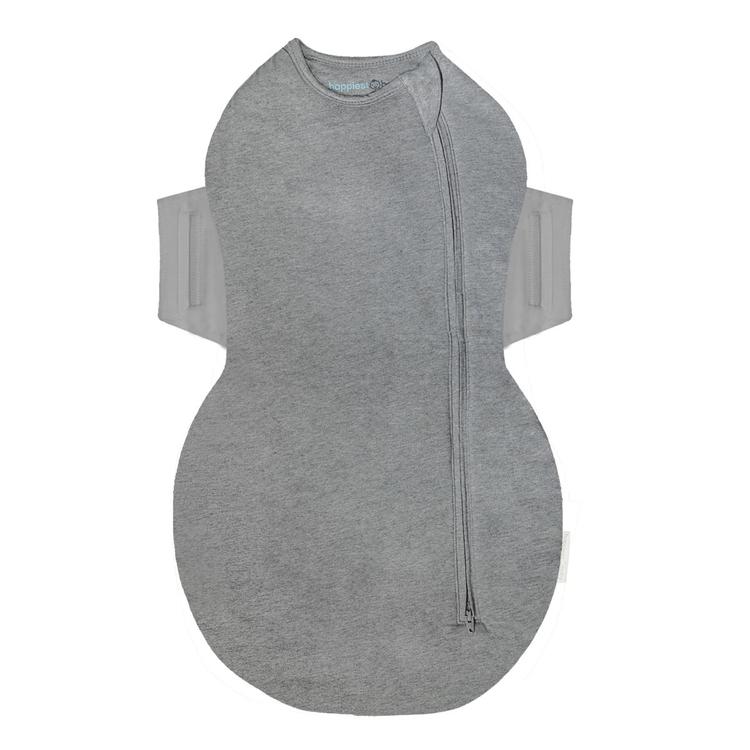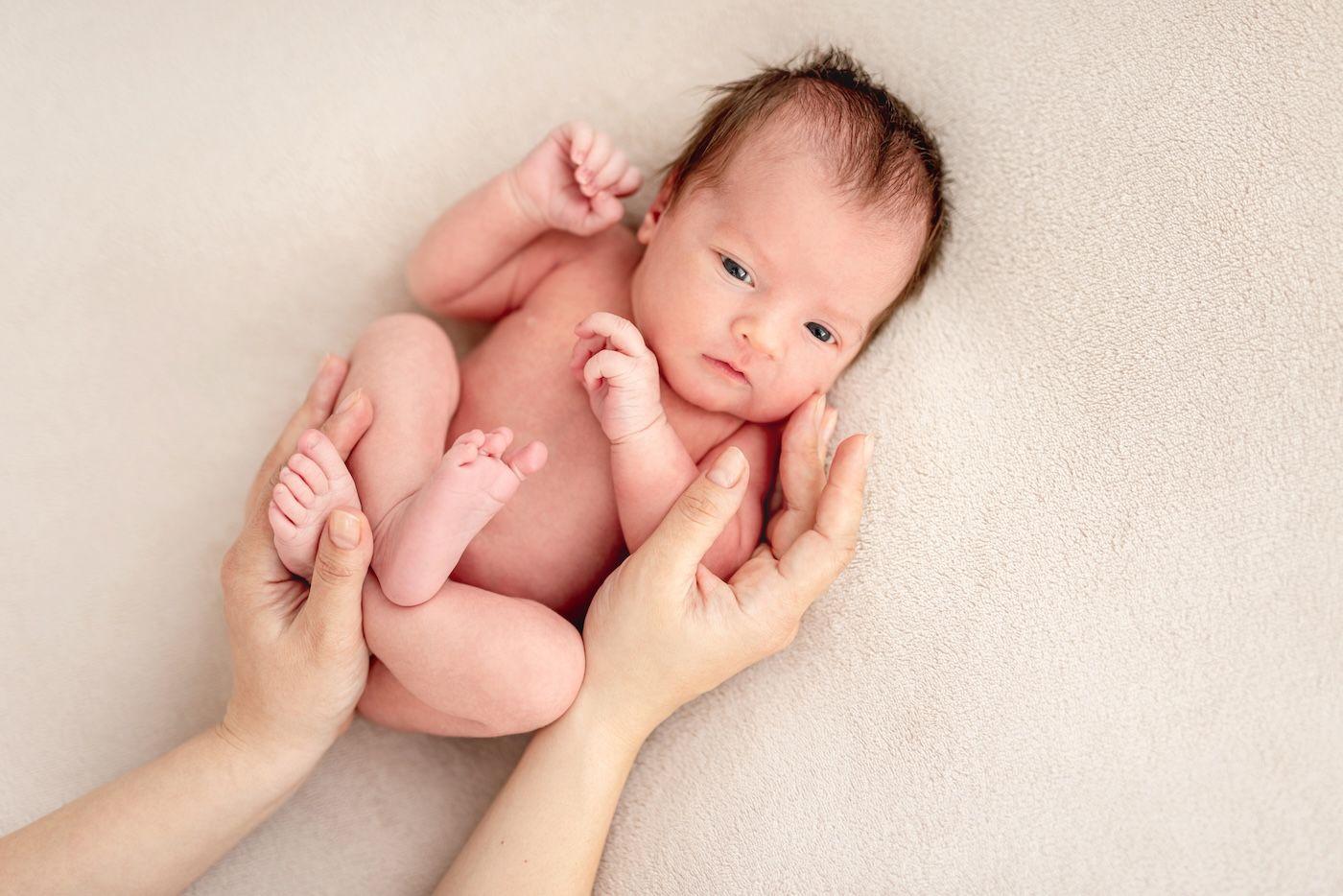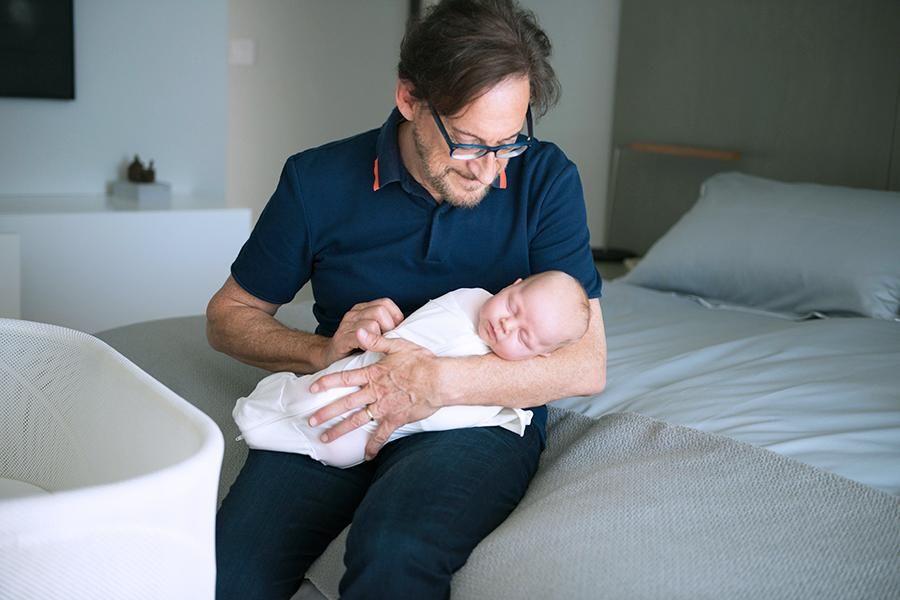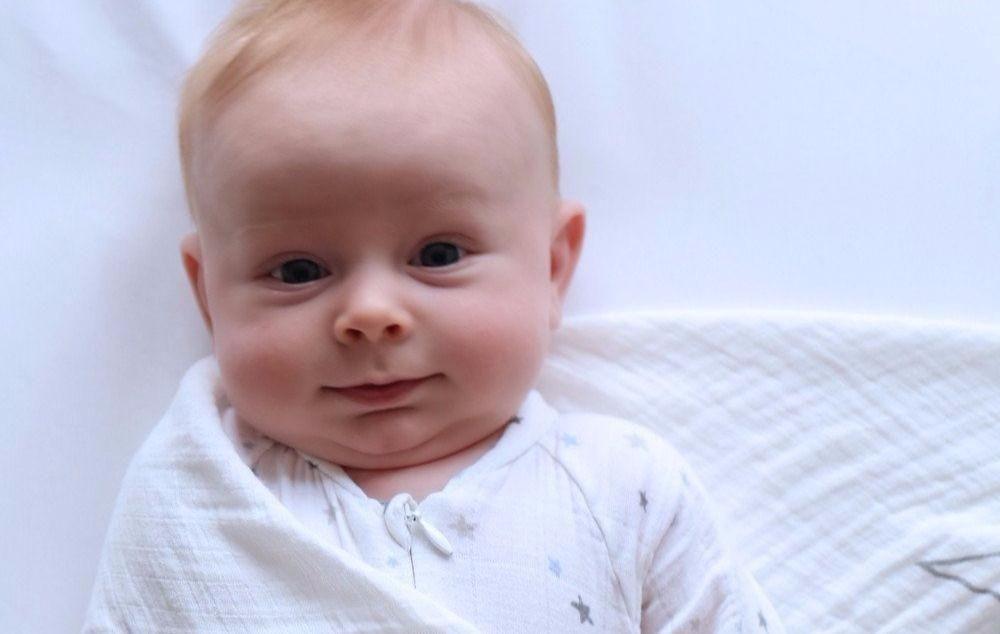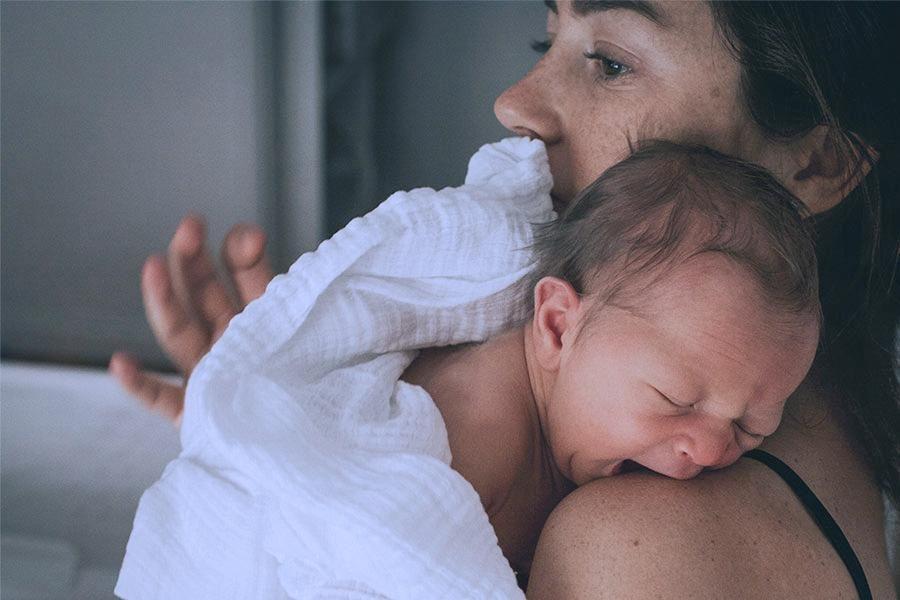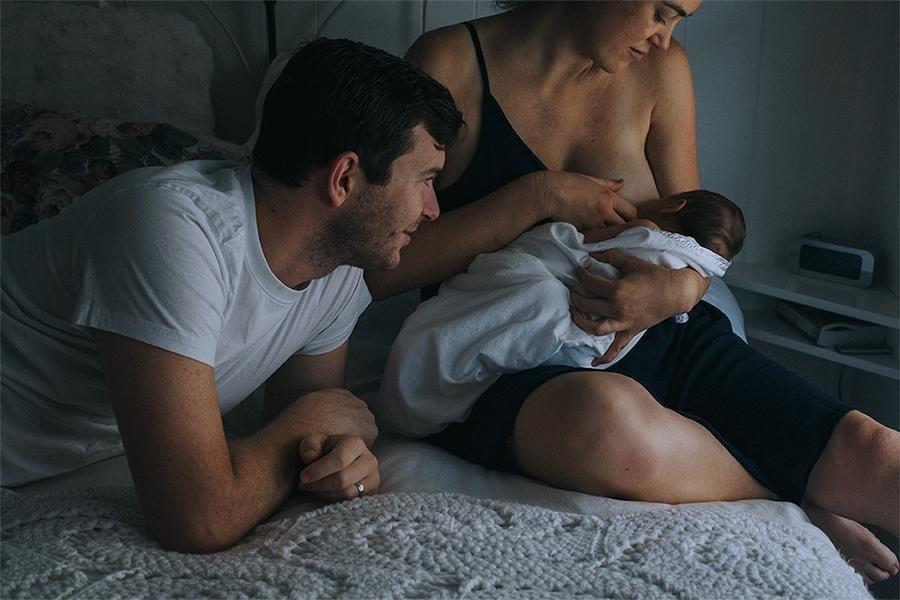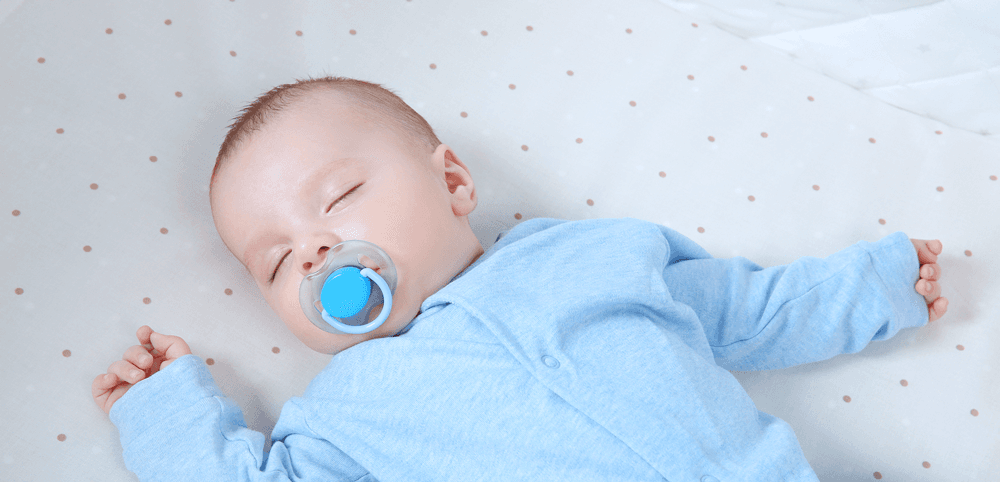BABY
Everything You Ever Wanted to Know About Burping a Baby
The best ways to get your bub’s belches out!

Written by
Holly Pevzner
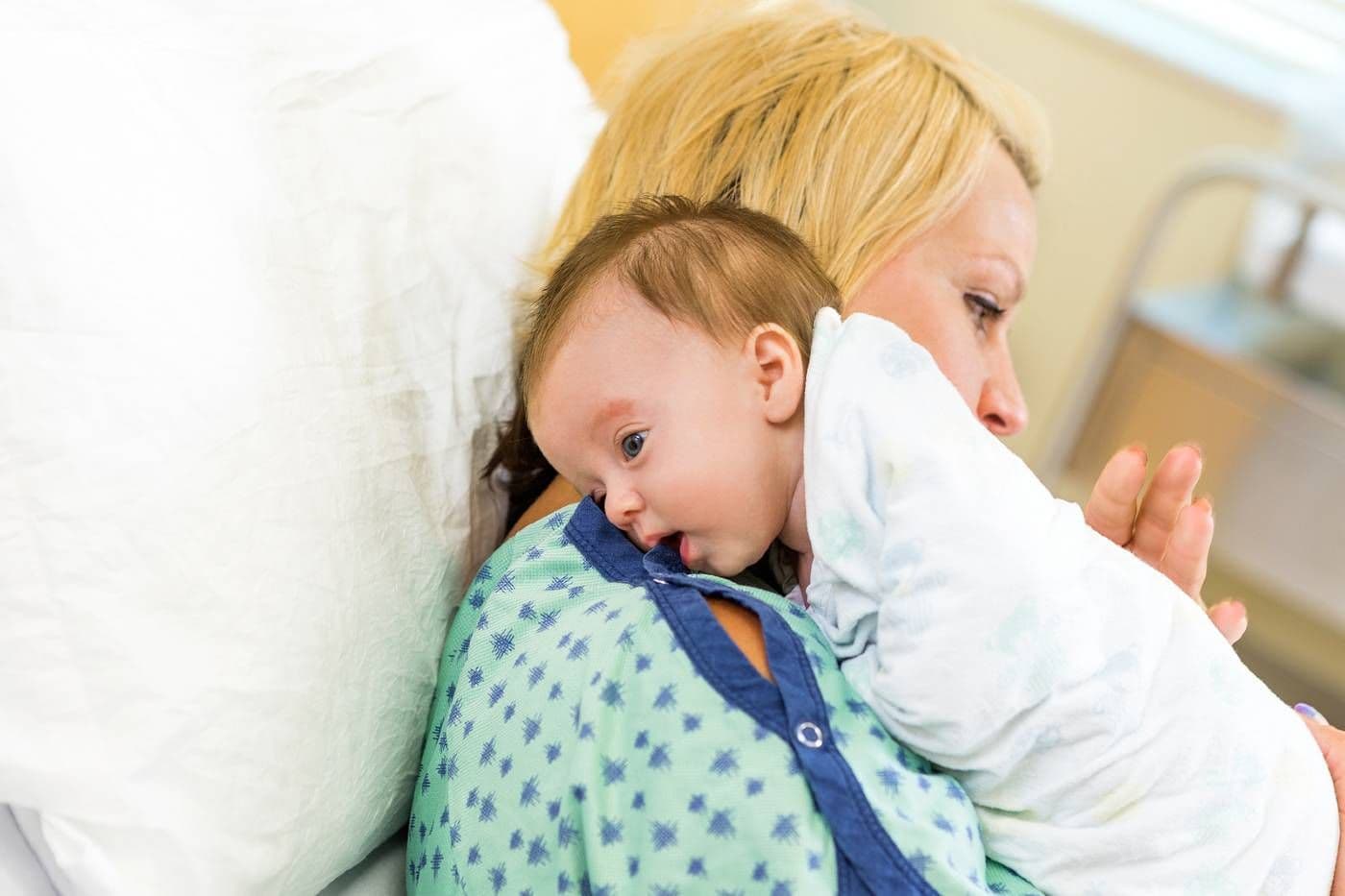
Beyond side-eying your partner when they belch at an inopportune moment, there’s a good bet that you have not given much thought to burping…until now. Once you become a parent, however, questions like When do I burp my baby? and How do I burp my baby? litter your Google search history. For all the help you need, check out our guide to burping babies, complete with details on the best burping positions and the inside scoop on when you can stop coaxing burps out of your bub.
Why do babies need to be burped?
Before 6 months old, your baby is on an all-liquid diet, which primes them for swallowing a whole lot of gas-producing air. “The more quickly they gulp, the more likely they’ll swallow air,” says paediatrician Dr. Harvey Karp and author of The Happiest Baby on the Block. Burping can help loosen up some of that trapped air before it migrates through the digestive system and comes out of your baby’s bottom. It’s thought that not burping a baby may contribute to spitting up—or becoming cranky or gassy.
How to Burp a Baby
There are three go-to burping techniques that tend to work best. If one doesn’t seem to help your baby burp, try another. No matter which burping technique you favour, don’t forget to use a burp cloth under your little one’s chin—or on your shoulder—to help with cleanup if your baby lets out a “wet burp” of spit-up.
You can burp with a flattened palm, or you can cup your hand slightly for a gentler touch. Either way, Dr. Karp recommends patting their back as strongly as a tom-tom drum. “And do that for 1 to 2 minutes to see if you can loosen up the burp,” he says.
SHARE THIS ARTICLE
PARENT PICKS
Bestsellers
More on Baby
About Holly Pevzner
Holly Pevzner is Happiest Baby’s Staff Writer. She specializes in creating parenting, pregnancy, health, nutrition, and family travel content. Her work—including essays, columns, reported features, and more—has appeared in outlets such as EatingWell, Family Circle, Parents, Real Simple, and The Bump. Before becoming a full-time writer, Holly held senior staff positions at Prevention, Fitness, and Self magazines, covering medical health and psychology. She was also a contributing editor at Scholastic Parent & Child magazine and a regular kids-health columnist for Prevention and First For Women magazines. Holly lives in Los Angeles with her husband, two boys, and terrier mix.

